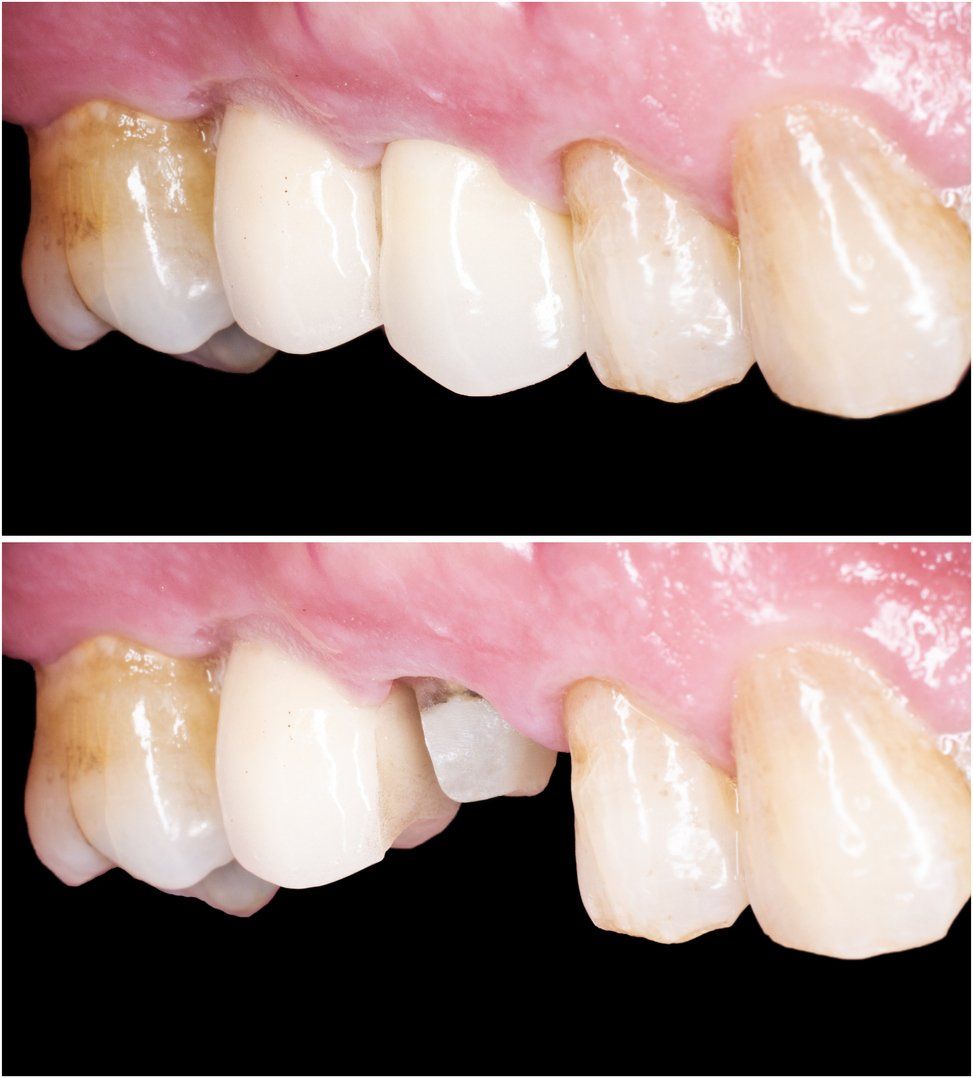Dental Crowns
“Crown” is the more professional term for what you may have heard called a “cap.” Actually, neither word is perfect. A crown doesn’t just sit on top of another tooth, the way a checkers piece sits on another when crowning during a game.
A dental crown is a custom-made, hollow, artificial tooth that completely covers another tooth that cannot be repaired with a less involved method, like a filling (they are also the final step in a dental implant procedure).
How It Works?
Dental Bridges
Bridges do exactly what their name implies: they connect to points that have a gap between them. Let’s say you have teeth A-B-C-D in a row. If Tooth B and Tooth C are missing, creating a bridge by securing artificial teeth (usually made from medical-grade porcelain) between Tooth A and Tooth D is a very effective and cost-effective solution for filling in that gap.



